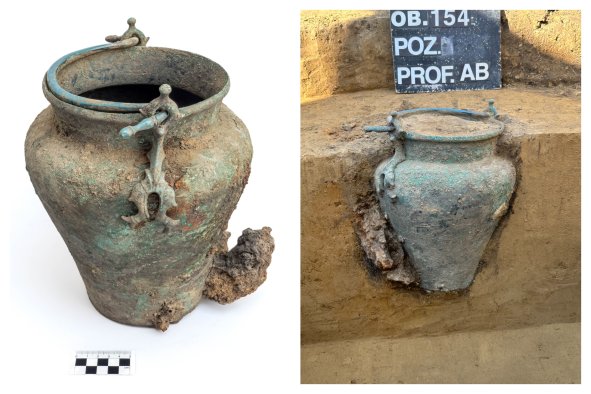Mexican Americans living in Starr County, Texas, who were exposed to greater levels of toxic metals such as arsenic developed signs of type 2 diabetes earlier than the general population, according to a study from the University of Illinois Chicago.
"In clinical medicine, time really matters," said senior author Dr. Robert Sargis in a statement. "The earlier you develop diabetes, the worse the complications are. The longer you have diabetes, the worse the complications are.
"Unlike genetics, environments are modifiable. There are things we can do to reduce these exposures."
Type 2 diabetes is a chronic disease that affects an estimated 11.6 percent of the U.S. population, according to the Centers for Disease Control and Prevention, and comes with higher risks of other conditions, such as heart disease, kidney failure and blindness.
It occurs when the body can no longer process sugar from food absorbed into the bloodstream without medical help.
Up to now, lifestyle factors such as diet have been known to be key risk factors in the development of type 2 diabetes but environmental pollutants have not—and first author of this study, Margaret Weiss, implied in a statement that this should change.
"Environmental exposures have largely been neglected as drivers of the diabetes epidemic," she said.
"These data support using environmental policy as a new tool to mitigate the devastating burden of diabetes on individuals and society at large."
Starr County, sitting on the Mexican border, has one of the highest rates of type 2 diabetes—and diabetes-related deaths—in the U.S., and abnormally high levels of toxic metals have been detected in its groundwater.
When scientists tested the urine and blood of 510 Hispanic residents in the county, they found that those who had more toxic metals in their samples were more likely to develop elevated blood sugars—the first stage of type 2 diabetes—over the course of three years than those with fewer toxic metals in their samples.
Scientists estimated that individuals with the highest levels of arsenic in their urine were projected to qualify as prediabetic nearly two years earlier—and as diabetic more than five years earlier—than those participants with the lowest exposure to the toxic metal.
The study authors expressed a wish for U.S. policymakers to address toxic metal exposures as a means of reducing the rising rates of type 2 diabetes.
"We need to start thinking about tools in our toolbox that we haven't used to address the risk of diabetes, and environmental policy can be an important lever we can pull that will hopefully improve people's lives," said Sargis.
The metals that were associated with accelerated rates of diabetes included arsenic, lead, cadmium, nickel and tin, but some metals—namely cobalt and zinc—were associated with lower blood sugar, suggesting these metals may have had a protective effect instead.
This study formed part of a broader project led by the University of Texas Health Science Center at Houston and was published in the scientific journal Diabetes Care.
Do you have a tip on a medical story that Newsweek should be covering? Is there a health concern that's worrying you? Let us know via science@newsweek.com. We can ask experts for advice, and your story could be featured in Newsweek.
Reference
Weiss, M. C., Sun, J., Jackson, B. P., Turyk, M. E., Wang, L., Brown, E. L., Aguilar, D., Brown, S. A., Hanis, C. L., Argos, M., & Sargis, R. M. (2024). Accelerated Longitudinal Glycemic Changes in Relation to Urinary Toxic/Essential Metals and Metal Mixtures Among Mexican Americans Living in Starr County, Texas. Diabetes Care. https://doi.org/10.2337/dc24-0646
Disclaimer: The copyright of this article belongs to the original author. Reposting this article is solely for the purpose of information dissemination and does not constitute any investment advice. If there is any infringement, please contact us immediately. We will make corrections or deletions as necessary. Thank you.



